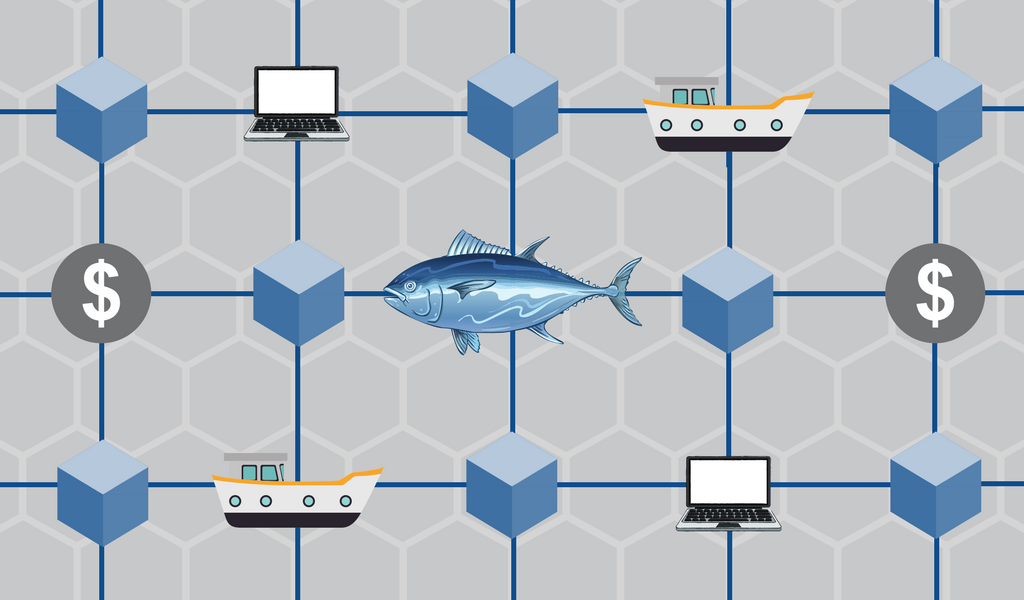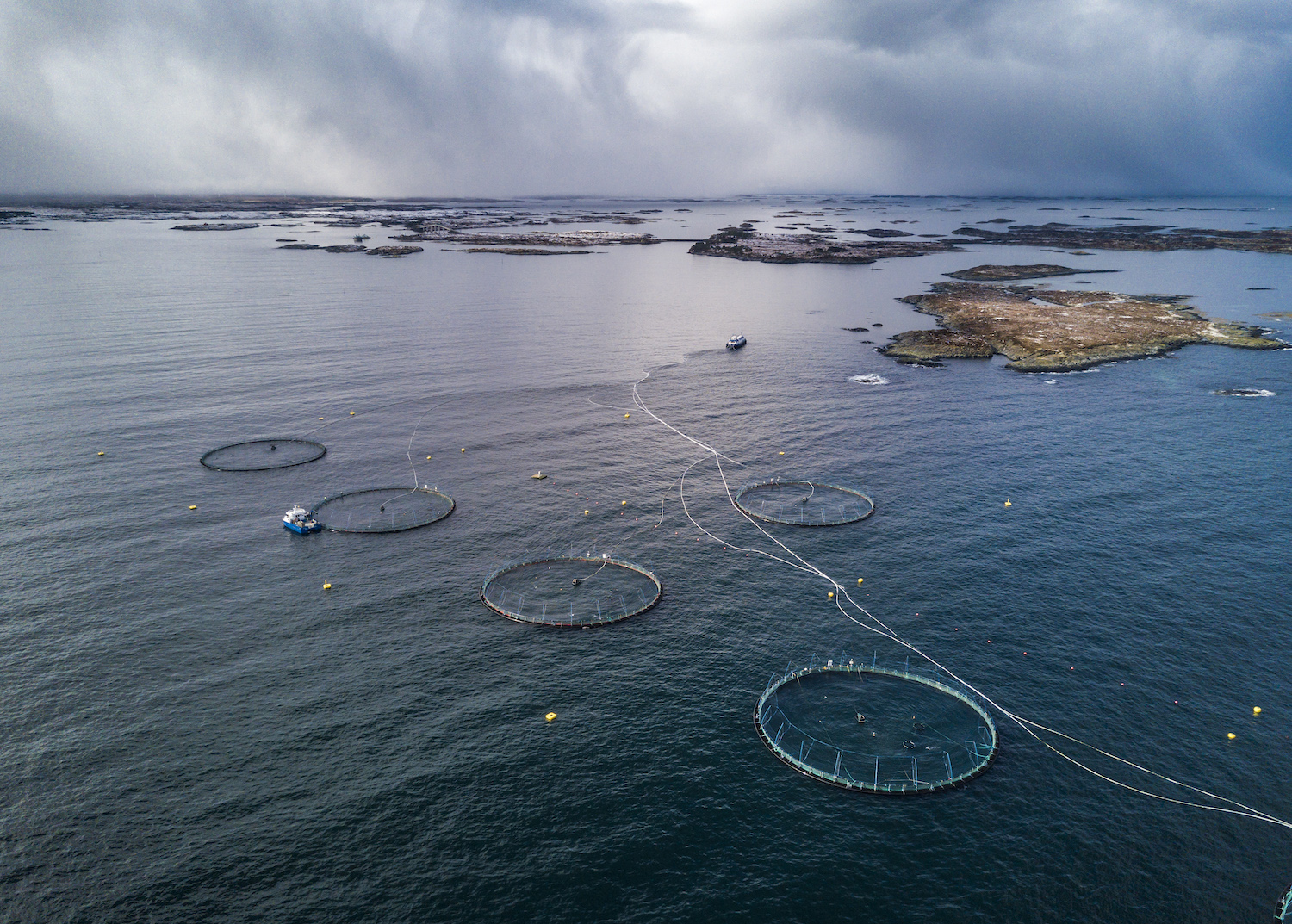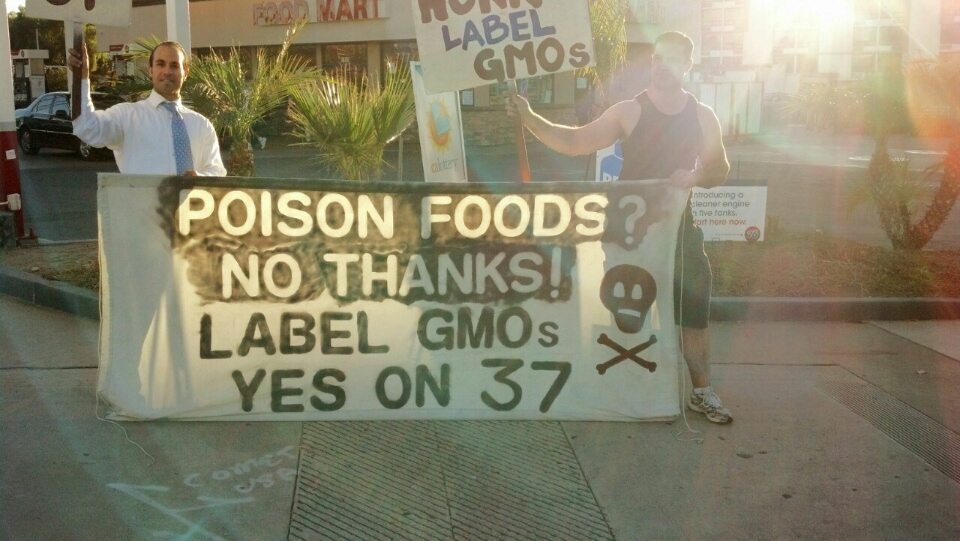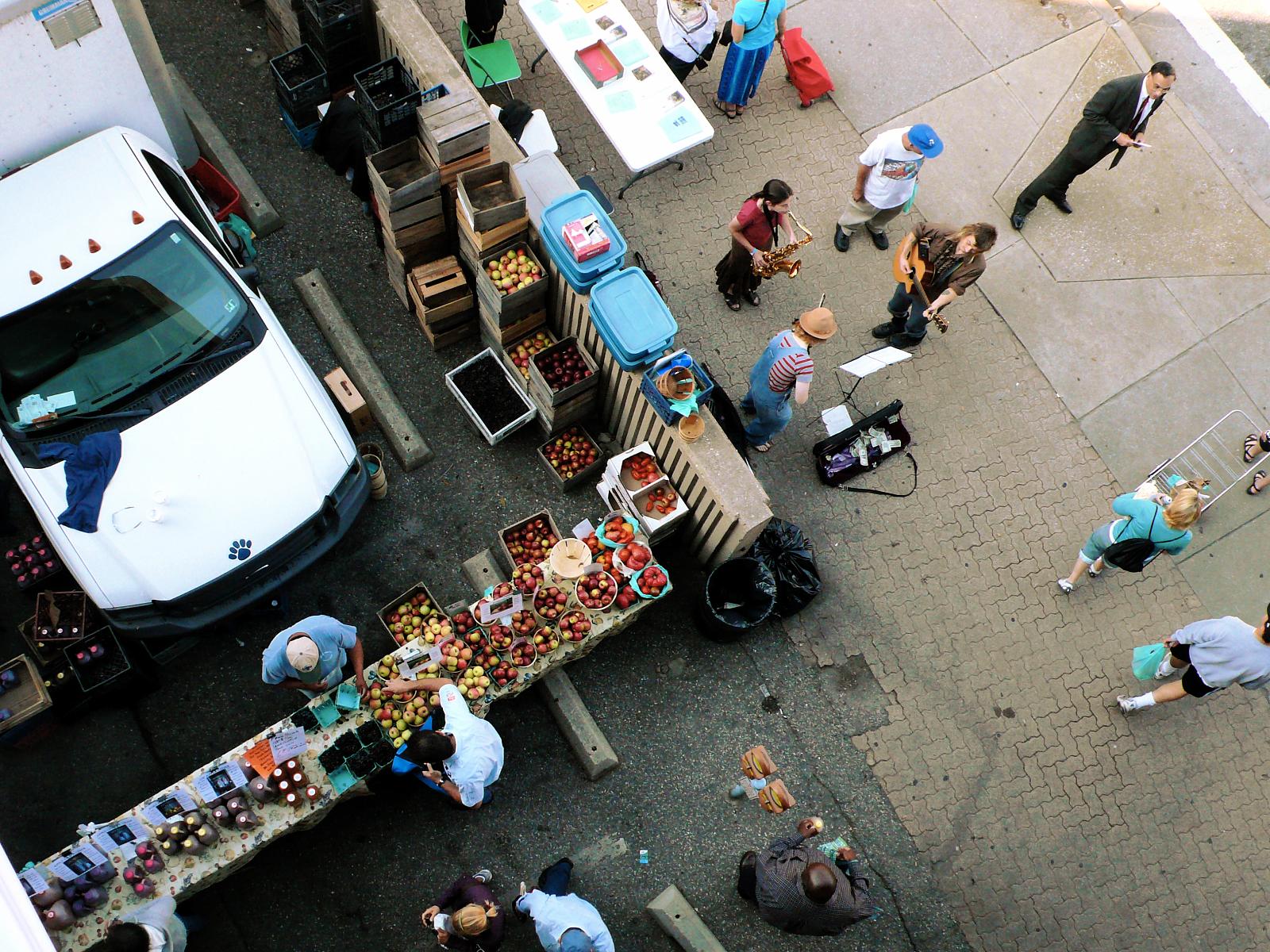
From overfishing to species mislabeling to slavery, the seafood industry is rife with dilemmas and abuses. Navigating the fish counter is an eater’s nightmare. Conscientious shoppers can download a guide to sustainable seafood published by the Monterey Bay Aquarium’s Seafood Watch program, but the publication assumes that restaurants, distributors, and suppliers behave honestly and can be taken at their word. Evidence points to the contrary: In 2013, the non-profit organization Oceana conducted genetic tests on fish samples from cities across the country, including Austin, Chicago, New York, and Washington, D.C., and found that 59 percent of the fish sold as “tuna” at restaurants and grocery stores was mislabeled.
If you can’t even be sure you’re eating the species you were sold, how can you know with any confidence where your fish came from or whether it was caught sustainably and legally?
“One of the big challenges for anyone working in the seafood industry is being able to identify the provenance of where the seafood comes from, and that the claims intended to adhere to that product are indeed truthful claims,” says Alfred “Bubba” Cook, Western and Central Pacific tuna program manager at the World Wide Fund for Nature (WWF). “By and large, you can’t really tell where your seafood comes from with any granularity.”
But a new project backed by WWF aims to make the seafood supply chain less opaque, promising completely traceable fish from “bait to plate,” or “boat to throat.” Working with a Fijian tech startup called TraSeable, a small fishing company called Sea Quest, and a Brooklyn blockchain company called Viant, WWF is piloting a system that uses a combination of radio-frequency identification chips—or RFID tags—and QR codes to track tuna on a blockchain-based platform as it moves through the supply chain. Sea Quest has already tracked tuna from a boat to the processing center to the domestic market, but most of its product is destined for the export market. WWF and Sea Quest have yet to partner with a distributor or retailer in the United States, so that last mile still eludes them.
Sea Quest is a relatively small fishing outfit. The company handles its own processing and exporting, so moving those operations onto the same tracking system is not as complicated as it would be if that work was carried out by different companies. Cook says he wanted to keep things simple for the pilot—to prove the concept before scaling up or complicating the system. He also has the advantage of having worked with Sea Quest in the past. In 2013, the company installed devices called Automatic Identification Systems (AIS) on its fishing vessels as part of a partnership with WWF to promote transparency and responsible fisheries management through AIS tracking.
Katafono says a TraSeable staff member recently accompanied a Sea Quest longline tuna vessel on a three-week journey, working with the crew to tag and document their catch. Training crew members and workers at the processing center is a big hurdle. “You have to understand that people are moving from paper to a tablet, so the update in technology is something that we really need to focus on,” Katafono says. Wherever possible, he has tried to automate collection of information—like weights, for instance—to ease the burden on workers who may be uncomfortable with unfamiliar technology, and to cut down on the risk of entering inaccurate information.
What all of this means, practically speaking, is that in the near future, American eaters may be able to purchase tuna labeled with a QR code that can be scanned to reveal when and where the fish was caught, and by whom. Such a privilege will likely also come at a premium price. WWF has covered most of the capital expense of this pilot, with support from the Gordon and Betty Moore Foundation (established by Intel co-founder Gordon E. Moore), so other than the time and effort Sea Quest has put into implementing it, the company’s bottom line hasn’t suffered. That said, if the traceability system expands as WWF intends, other fishing companies wanting to track their catches on the blockchain would presumably have to shoulder upfront costs themselves, and that expense would trickle down to shoppers.
 iStock / duybox
iStock / duybox Transshipment is a little-known industry practice that can often obscure suspicious transactions conducted in international waters
Cook declines to say how much the pilot is costing exactly, although he does say, “It’s not nearly as much as I thought it would be.”
The hope is that guaranteed traceability will help curb the worst practices in the seafood industry as eaters, retailers, and distributors demand proof that their seafood was caught using sustainable practices, by legal operators and fairly paid workers. “Bait-to-plate transparency using the blockchain will mean there is no place to hide for illegal, unregulated and unreported fishing or those operators who use slave labour or impose horrific conditions,” said WWF-Australia CEO Dermot O’Gorman in a January press release.
However, those working on implementing the pilot in Fiji have few illusions that the blockchain is a fail-proof solution for cleaning up exploitation and abuse in the supply chain.
That said, the characteristics that define the technology are still disputed, and the more often the word “blockchain” is used, the fuzzier its meaning becomes.
But whether or not the blockchain functions perfectly as advertised is almost irrelevant in this case, because the sprawling seafood industry is leaky as a sieve.
“Blockchain is not going to be a switch that we flick and overnight it’s gonna change things,” says Cook. “You’re never going to eliminate the potential for fraud and malfeasance.” Not completely, at least.
Furthermore, even if U.S. and E.U. eaters start putting pressure on the industry to be more transparent and to act lawfully, those in other countries might not be so demanding. “If you’ve got a country of two billion people that just doesn’t give a shit, and they’re willing to buy anything from anywhere, it’s not going to have the same kind of impact that we would hope it would,” says Cook. “In China and India, which both have an increasing middle-class, and greater consumption of seafood, it’s going to take more than just a blockchain traceability solution to make it influential globally as far as addressing these bad actors and bad practices, whether it’s illegal fishing or human rights violations.”
Cook and others are driven to do something about the problem—and for now, that something is blockchain. But for him, it’s a personal endeavor, too. His passion for pinpointing some of the seafood industry’s most egregious violations comes from more than just a lifetime spent on the water. It also comes from the loss of a like-minded friend.
Cook says he grew up messing about on boats on the Texas Gulf Coast. His father and grandfather were fishermen—his grandfather even built his own plywood shrimp boat. As a young man, Cook spent six years in the navy, traveling around the Pacific Rim. In every place he visited he heard that fishing was not what it used to be.
After leaving the navy, Cook studied fisheries and aquaculture at Texas A&M University in College Station, and then natural resource and environmental law at Lewis and Clark College in Portland, Oregon. Eventually, after joining the Peace Corps with his wife and spending two years in Fiji doing small-scale conservation work, a position opened up at the WWF leading its tuna management program.
 iStock / Vasilvich
iStock / Vasilvich If the industry’s worst actors are so unscrupulous that they threaten or even harm the few people responsible for ensuring international laws are followed, a blockchain-based traceability platform isn’t going to stop them
In 2011, Cook met a man named Keith Davis through the Association for Professional Observers, a non-profit organization for the ocean monitors who accompany fishing boats on multi-week fishing expeditions in international waters and report back to government agencies and NGOs about the impacts of fishing on the marine environment. Though they are not empowered to stop illegal activity, observers are on board to sound the alarm about fishing in prohibited areas, smuggling prohibited catches like shark fins, and human rights abuses, and their solitary job is often at odds with that of the crew. They are, in many cases, the only sources of independently collected information on the vessels’ daily catch. And it’s their information that resource managers use to set fishing quotas. It’s high-stakes, dangerous work—especially in international waters, where law enforcement is spotty at best.
On a clear September day in 2015, according to reporting from Hakai Magazine, Davis went missing off the coast of Peru while working on a Panamanian vessel with ownership ties to Japan. “A lot of people try and soften it,” Cook says. “They say, ‘Oh, well he disappeared, we don’t really know what happened,’ and I say that’s bullshit. He was a 16-year veteran observer; he, alongside several others of us who were part of the Association for Professional Observers, wrote the manual on observer safety … every circumstance surrounding what happened indicates that he was murdered.”
“It was really frustrating for me because we kind of suspected what was going to happen,” Cook says. “We knew that the Panamanian government, which was the flag state, was very likely going to do a cursory investigation and sweep it under the rug, and that’s exactly what happened. And as a result, I don’t think there will ever be justice for Keith. I don’t think he’ll ever get the justice he deserves and a murder will go unpunished.”
Online investigative magazine Reveal reports that Cook had long been documenting the suspect practices and lousy working conditions he observed while at sea. But Cook believes that things might have been different if there were a well-established seafood industry traceability platform, like the one he is working on for WWF.
But Davis’s death also underscores how difficult an undertaking cleaning up the seafood industry will be. If the industry’s worst actors are either so unscrupulous or so desperate that they threaten or even harm the few people responsible for ensuring international laws are followed; if they systematically force people into de facto slavery, forging their work documents when necessary; if they hide far out at sea, transferring their hauls to cargo ships disguised as legitimate catches, changing ship names and flags to evade detection and avoid prosecution—then a blockchain-based traceability platform isn’t going to stop them.
Katafono said the first U.S. shipment of blockchain-tracked tuna is headed to Brooklyn, where it is supposed to be served at a conference hosted by the blockchain company ConsenSys (a parent of sorts to Viant). Tickets to the Ethereal Summit in May, an event promoted as the “SXSW of blockchain,” will set you back $1,250—a pretty premium indeed. Although, of course, you’re buying access to more than just tuna.










